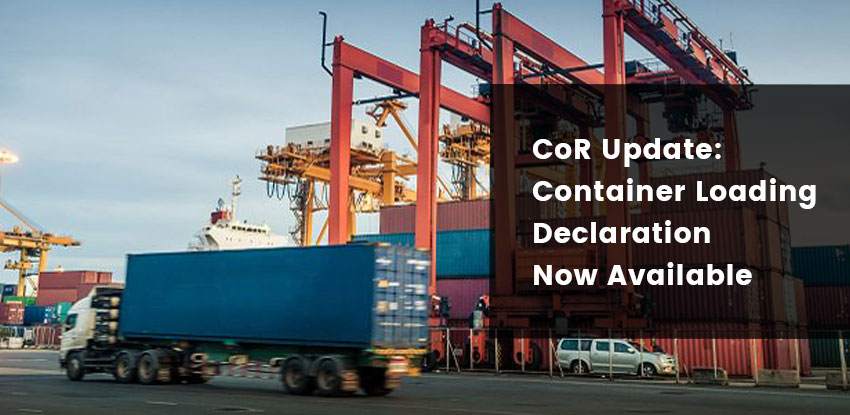Further to previous emails regarding CoR please find below link a copy of the GPSM 4 point container loading declaration. As we have explained, this needs to be passed onto all your international suppliers ASAP asking for their co-operation as part of your/our compliance with the new laws coming 1/10/18. We would like to aim to have this completed declaration available for all containers loaded after 1/9/18. This will mean we will be in good shape as the 1/10/18 grows closer.
GPSM will also be distributing this to all overseas agents asking for their assistance in requesting the same from your suppliers.
This completed Declaration will also be required to be completed on all export FCL shipments booked with GPSM.
Please let us know how you go and if you have any questions.
A bit of background for you….
See no evil
A container will move through many hands on its journey from origin to destination. Usually, a container is sealed prior to departure and not opened until it reaches its destination. During its journey, a container is a black box. Intermediate contractors in the heavy vehicle supply chain that are handling or transporting a container usually have zero actual visibility over what is going on inside it. As a result, the transport of containers poses significant risks of mass and load restraint breaches in particular. Mass breach is more likely to arise due to the unknown/unverified load distribution within a container. Load restraint breach is more likely to arise due to the unknown/unverified restraints applied to the load within a container.
Unfortunately, closing your eyes to what is inside a container will not protect you from prosecution.
How do you comply?
 Where you cannot see inside a container to determine the load distribution and sufficiency of restraint, how do you ensure your own compliance with the duty to take all reasonably practicable steps?
If you can’t independently verify compliance matters, then you need to ask your counterparts in the heavy vehicle supply chain to verify them for you. So, you will need to (i) ensure that the person(s) within the supply chain who are responsible for packing a container are aware of and understand their obligations e.g. the exporter, importer, cargo consolidator, distribution centre at which a container is packed etc and (ii) seek confirmation from them about the load distribution and sufficiency of restraint.
As always, you can’t blindly rely on that assurance in all circumstances. If you see something which suggests that the load distribution or restraint are not as you were told or not working properly (e.g. uneven load distribution showing on onboard scales or container walls bowed out, suggesting load shift within a container), then you will need to make enquiries with the person(s) responsible before handling or carrying that container.

